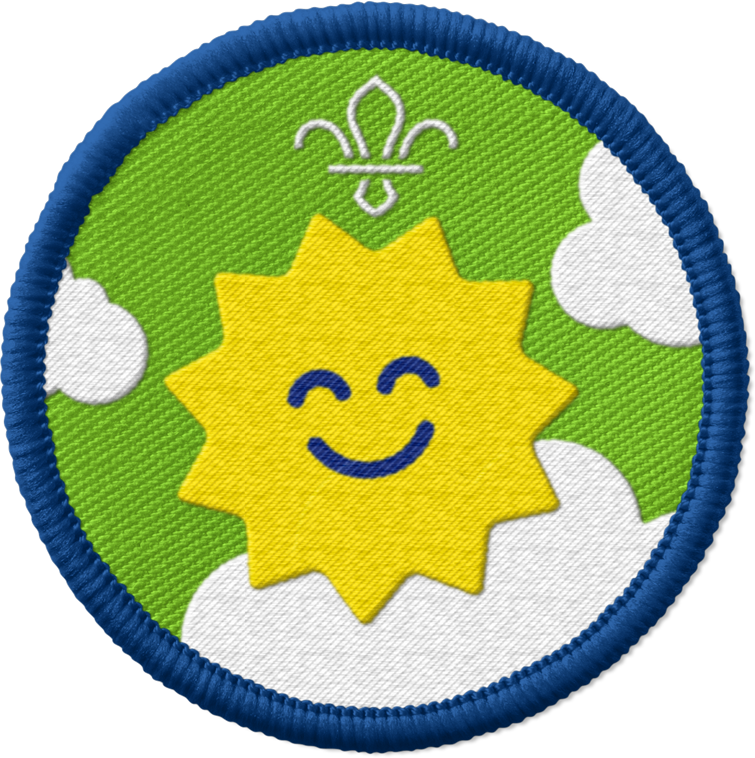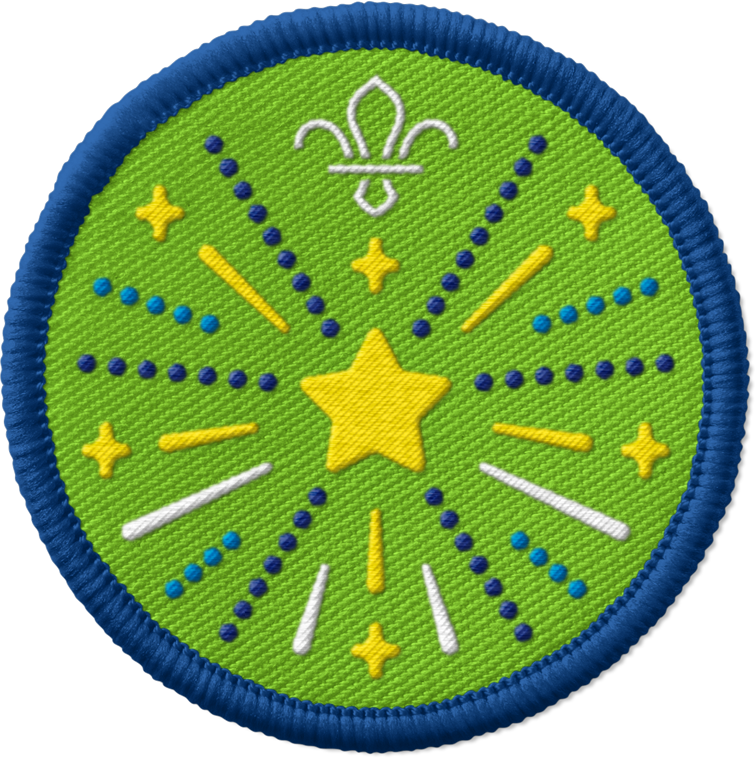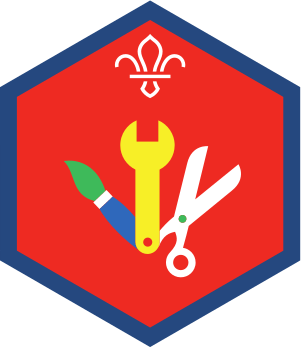
Learn about what makes you unique.
You’ll need
- Glue sticks
- Scissors
- Coloured pens or pencils
- Coloured paper
- Paper plates (one per person)
Before you begin
- Use the safety checklist to help you plan and risk assess your activity. Additional help to carry out your risk assessment, including examples can be found here. Don’t forget to make sure all young people and adults involved in the activity know how to take part safely.
- It’s up to you whether you cut out the rainbow shapes (from the paper plates) and the heart shapes (from the coloured paper) before the session, or if you support the group to do this themselves. You could prepare sheets of coloured paper with heart shapes on for everyone to cut out.
Running this activity
- Ask if anyone knows what makes us all different. Humans are all different and no-one is exactly the same as someone else. We might look different, like different things, have different hobbies or have different opinions.
- The person leading the activity can share what makes them different. Try to make it something that’s different to everyone else in the room. They could talk about their hobbies, a talent, or something they’ve done.
- See if anyone can think of something that makes them different to other people in the group.
- Now, see if anyone can think of something that makes them the to other people in the group.
- Explain that it’s good to learn about each other. It can help us find out new things and respect each other. We’re all the same in some ways and different in other ways, and that’s OK. We can still be friends, even if we look different, if we like different things or if we have different opinions. Being friends with different people can help us to understand the world, learn more about different things and appreciate differences. We always need to be kinds to others and make other people feel welcome and included, even if we don’t always agree with other people or like the same things as them.
- Explain that we’re going to create some rainbow hearts to show that we welcome and respect everyone’s differences.
Create your hearts
- Get into small groups.
- Talk about things in your group that make you the same and things that make you different. You could talk about different things, such as your favourite food, favourite colour or favourite book.
- Anyone who wants to could share their answers if they’re happy and comfortable to. Some people may not want to speak, or they might not know yet what they like, and that’s OK. They can still join in by listening to what others like.
- Cut the paper plates in half, then cut out a semicircle from the middle. This should make a rainbow shape. Everyone should have their own rainbow shape.
- Cut out lots of different coloured heart shapes out of coloured paper. You may want to prepare these in advance.
- Everyone should write or draw the things that make your group the same or different on the hearts. You could have a different colour for each person.
- Now, stick your hearts onto your paper-plate shape to make a wonderful rainbow!
- Everyone can come together, bringing their finished rainbows.
- If anyone wants to, they could show everyone their rainbow, and talk about what makes them same or different to other people.
Reflection
This activity helps people to talk about themselves in positive terms, express their individuality, and share what makes them unique.
Open your hearts
- Does everyone like the same things? Are we all the same or different?
- What would it be like if we were all the same? Why is it good that we are all different?
- It can be a way to learn something new, and it makes things more exciting - it might be boring if we were all the same. Our differences make the world a more interesting place.
Safety
All activities must be safely managed. You must complete a thorough risk assessment and take appropriate steps to reduce risk. Use the safety checklist to help you plan and risk assess your activity. Always get approval for the activity, and have suitable supervision and an InTouch process.
- Scissors
Supervise young people appropriately when they’re using scissors. Store all sharp objects securely, out of the reach of young people.
- Glue and solvents
Always supervise young people appropriately when they’re using glue and solvent products. Make sure there’s plenty of ventilation. Be aware of any medical conditions that could be affected by glue or solvent use and make adjustments as needed.
- If anyone struggles with fine motor skills, cutting or sticking, you could prepare some pre-cut shapes in advance. They could also work with someone to help them. You could also use heart stickers
- You could have stickers showing different activities, such as for likes and dislikes, so people don’t need to write or draw.
- Everyone could work together to create a giant rainbow, rather than working on one individually.
- If anyone struggles to share what makes them the same or different, you could have some prompt questions to use. You could create a list of ideas of likes and dislikes for people to choose from.
- You may want to do the activity more generally about what makes people or the group unique.
All Scout activities should be inclusive and accessible.


